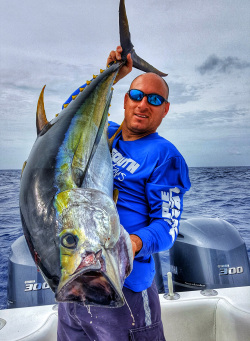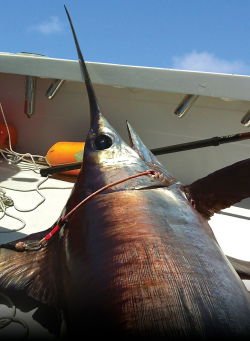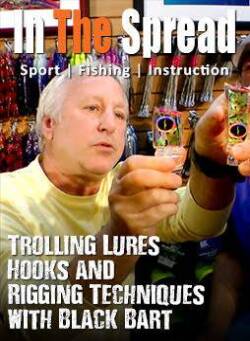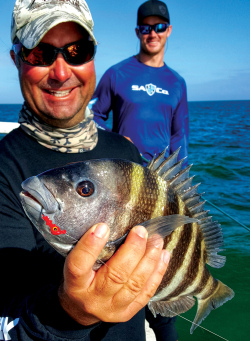Capt. William Toney, a fourth-generation fishing guide, teaches how to catch inshore mangrove snapper. He teaches how to locate productive structure, set up on it, and use various baits and jig heads. Toney emphasizes the importance of structure, live shrimp, and jig heads for optimal fishing. This instructional video is a valuable resource for anglers looking to catch mangrove snapper in the Gulf Coast.
Mangrove Snapper - Fishing Inshore with William Toney
(00:23:59)
Watch Full Video
View Short Trailer
Instructor:
William Toney
Description
/
Review
/
Instructor
Key Takeaways from the Video:
- Inshore mangrove snapper fishing is a great option for shorter trips or rougher seas
- Mangrove snapper are named after their preference for living around mangroves when young
- Snapper are bottom dwellers but can be found schooling higher during feeding periods
- Capt. William Toney shares his expertise on catching mangrove snapper inshore
- Tips include rigging, bait selection, bite identification, and spot hopping
When you're looking for a shorter fishing trip or the seas are a bit rough, inshore mangrove snapper fishing is an excellent choice. Also known as gray snapper, these fish are not only fun to catch but also delicious to eat. In this video, Capt. William Toney, an experienced Florida fishing guide, shares his tips and techniques for catching mangrove snapper inshore.
Login
to leave a review.
User Reviews
Chris Vanthul
04.03.2021
0
Captain William Toney
Captain William Toney, a Florida native, is a fourth-generation fishing guide known for his expertise in Redfish, Sea Trout, Mangrove Snapper, Snook and other fish species. He is a licensed and insured guide, a Homosassa Guide's Association member, and hosts 'In The Spread', an online fishing instruction platform. Toney's expertise in redfish, tides, and bait presentation is unparalleled, and he shares his knowledge on seasonal fish migration patterns and tidal flows. His dedication to passing on his knowledge to younger generations is invaluable.
Read moreVideos
We Recommend
0




